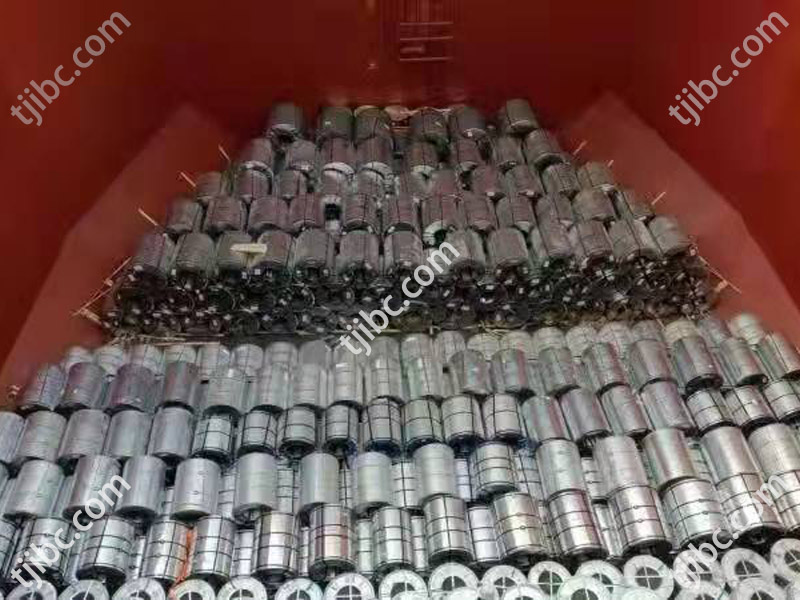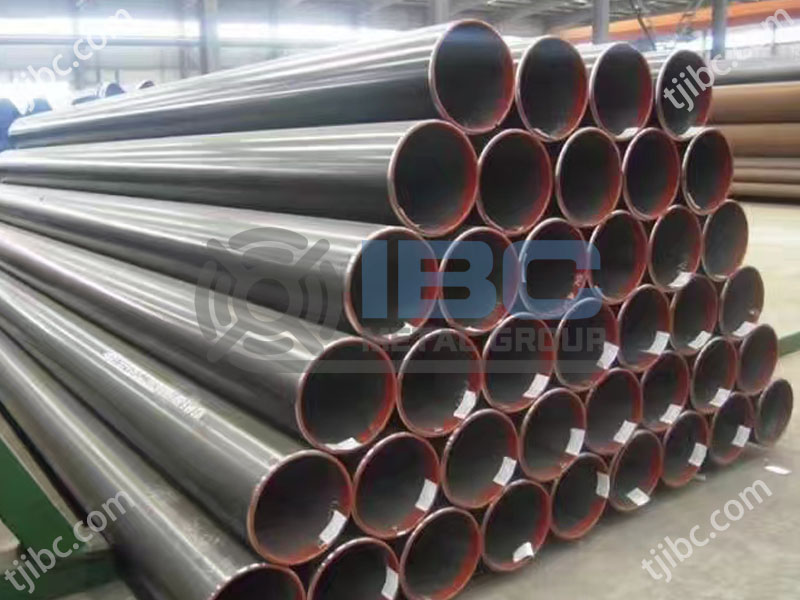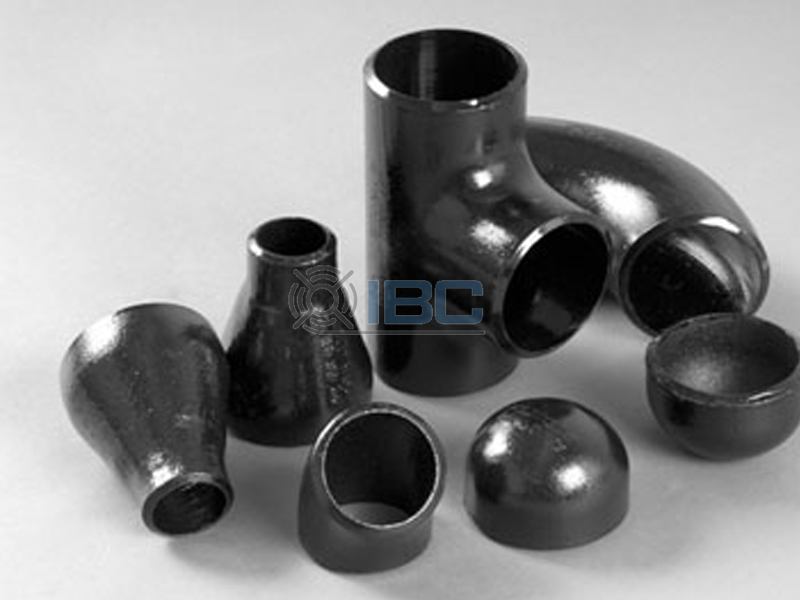Types Of OCTG Pipes
1. Classify by material
Carbon steel tubing: This is the most common OCTG pipes material, with good mechanical properties and relatively low cost, suitable for most conventional well conditions.
Alloy steel tubing: Alloy steel pipes usually contain elements such as chromium, molybdenum and nickel. This can improve its corrosion resistance, high temperature strength and hydrogen-induced cracking resistance. This type of tubing is commonly used in deep Wells, ultra-deep Wells, high temperature and high pressure Wells and Wells containing corrosive gases.
Stainless steel tubing: Stainless steel tubing has high corrosion resistance and high temperature resistance. It is suitable for oil and gas extraction in extreme environments.
2. Classify by use
Drilling pipe: mainly used in the drilling process, including drill pipe, drill collar, etc., for transmitting torque, bearing weight on bit and flushing bottom hole.
Steel casing pipe: Used to support the wellbore, prevent formation collapse, isolate fluids from different formations, protect the wellbore and guide subsequent operations.
Tubing: Used to transport crude oil or natural gas from the bottom of a well to the surface. It can also be used to inject water, gas, or other fluids for stimulation measures.
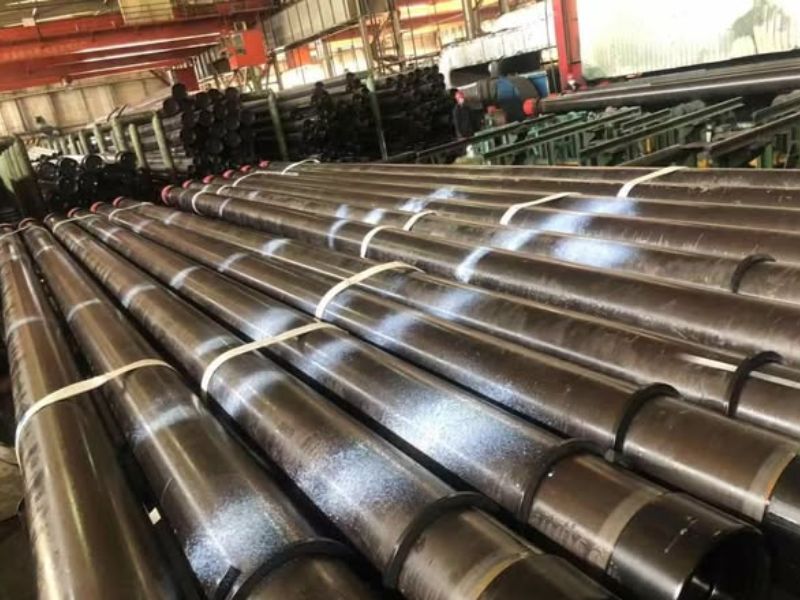
3. Classify by special design or treatment
Sulfur-resistant tubing: SPECIALLY treated tubing can resist corrosive gases such as hydrogen sulfide to ensure long-term stable operation of Wells.
Thermal recovery tubing: Tubing designed for thermal recovery operations such as high temperature steam flooding. It can withstand high temperature and high pressure environments to maintain efficient well production.
Tubing with special threads: Tubing with special threads is designed to provide better sealing and connection strength for high-pressure, high-temperature, or corrosive Wells.
Anticorrosive tubing: through inner coating or outer coating and other anticorrosive treatment, improve the corrosion resistance of tubing, prolong the service life.
Key Features Of OCTG Pipes
High strength
OCTG pipes are subjected to complex stresses in deep well high-pressure conditions, including combined axial tensile, radial extrusion, and internal pressure loads. This results in high strength characteristics with tensile strengths up to more than 140ksi.
High strength is achieved through heat treatment processes such as quenching and tempering. This ensures that the tubing does not break in extreme environments..
Corrosion resistance
In acidic oil and gas fields containing hydrogen sulfide, it needs to have good corrosion resistance to prevent the occurrence of hydrogen embritchment.
The tubing material is based on carbon steel, and chromium, molybdenum and other alloying elements are added to improve corrosion resistance.
High temperature resistance
In the process of oil and gas production, tubing needs to withstand high temperature and high pressure environment. So it needs to have high temperature resistance characteristics.
Special materials and coating techniques (such as galvanizing and epoxy) can further improve the high temperature resistance of tubing.
Good sealing properties
BTC, VAM and other connection methods can ensure tight connection and good sealing between tubing.
Strict thread precision and non-destructive testing (such as ultrasonic testing, magnetic particle testing) ensure that the tubing is crack-free, further improve the sealing performance.
Functions And Applications
- Oil and gas transmission:
OCTG pipes are uplink channels that transports oil or gas from the borehole to the surface.
The tubing needs to withstand the internal pressure caused by fluid erosion and the external pressure of the surrounding rock. Only in this way can we ensure the smooth and safe transportation of oil and gas.
- Bear complex stress:
In the process of oil and gas production, tubing needs to bear multi-dimensional stress composite load, including axial tension, radial extrusion pressure and internal pressure.
The high strength characteristics of the steel pipes produced by IBC Group enable them to cope with these complex stresses and ensure long-term stable operation of oil and gas Wells.

- Support production stimulation measures:
During stimulation, such as hydraulic fracturing, the pipeline must withstand instantaneous pressures in excess of 100MPa.
The high strength and good sealing properties of octg tubing ensure successful stimulation measures and improve well production and profitability.
- Adapt to complex well types:
With the development of shale gas development, deepwater drilling and other technologies, the types of oil and gas Wells are becoming more and more complex. Such as horizontal Wells and extended reach Wells.
We can customize steel pipes according to customers’ needs for different well types to meet the special requirements of complex well types.
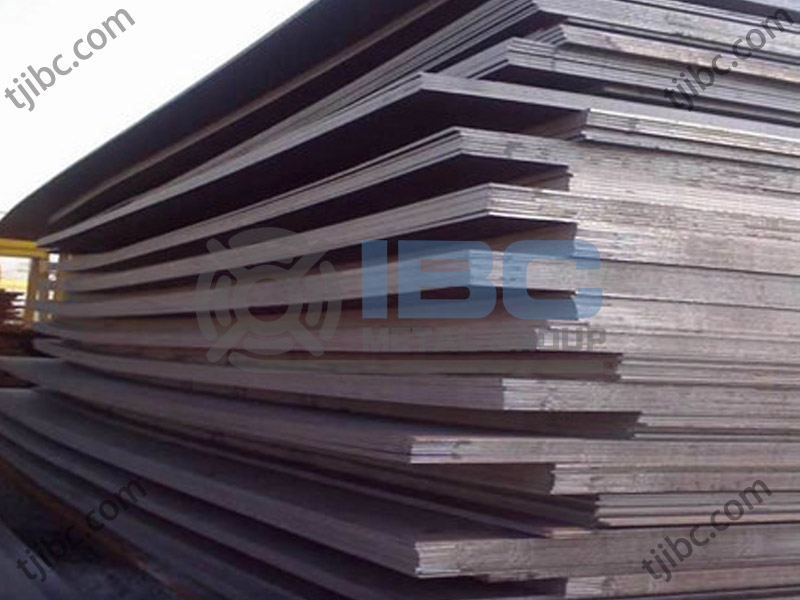
Contact with us today!

